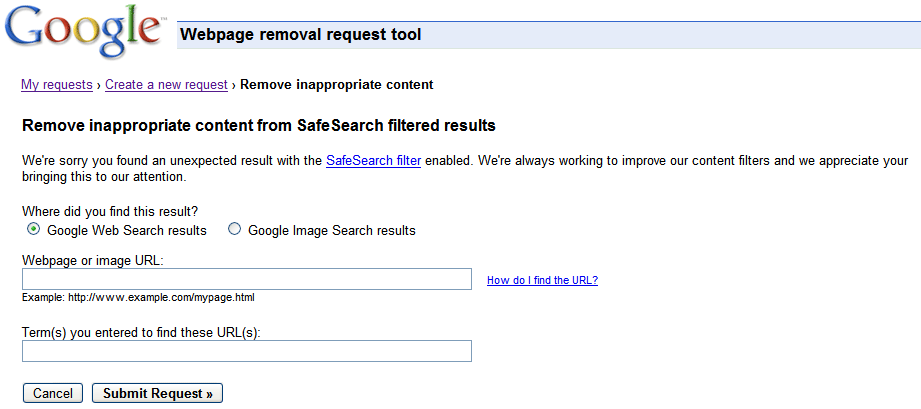
- Js library html inspector and select like chrome dev tools install#
- Js library html inspector and select like chrome dev tools generator#
- Js library html inspector and select like chrome dev tools code#
- Js library html inspector and select like chrome dev tools simulator#
Make sure to remove the import before deploying to production, as it carries a large DevTools client with it. It is important that this import comes before any other imports in your app (especially before react-dom).
Js library html inspector and select like chrome dev tools install#
If you install react-devtools as a project dependency, you may also replace the suggested above with a JavaScript import ( import 'react-devtools').

Don’t forget to remove it before deploying to production! This will ensure the developer tools are connected. Run react-devtools from the terminal to launch the standalone DevTools app: to debug apps in Safari or inside of an iframe). The standalone shell can also be useful with React DOM (e.g. As soon as you select it, it will be available as $r in the Chrome console, letting you inspect its props, state, and instance properties. There is a search box at the top that helps you find one by name. Then select a React component in React DevTools. Make sure that the dropdown in the top left corner of the Chrome console says debuggerWorker.js. When debugging JavaScript in Chrome, you can inspect the props and state of the React components in the browser console.įirst, follow the instructions for debugging in Chrome to open the Chrome console.

You can choose "Hide Inspector" in the same menu to exit this mode.
Js library html inspector and select like chrome dev tools simulator#
In this mode, clicking on something in the simulator will bring up the relevant components in the DevTools: However, when react-devtools is running, Inspector will enter a special collapsed mode, and instead use the DevTools as primary UI. It will bring up an overlay that lets you tap on any UI element and see information about it: You can open the in-app developer menu and choose "Show Inspector". (If this doesn't happen automatically, try reloading the React Native app.) Integration with React Native Inspector after that you just have to hit reload on the extensions page when you have made changes to contentscript.js.If you're using React Native 0.43 or higher, it should connect to your simulator within a few seconds.
Js library html inspector and select like chrome dev tools generator#
You can install your extension right away from the path where you runned the generator There is no need for deployment or bundling. Replace foo() with the function you want to override.
Js library html inspector and select like chrome dev tools code#
We need to insert the code as a string, but with backticks it is more readable. Var script = document.createElement('script') The code could look like this 'use strict' Now open and edit contentscript.js : 'use strict' Ĭonsole.log('\'Allo \'Allo! Content script') Functions is variables, if you add a new function to the document with the same name as an existing function, the new function will be executed instead of the old, exactly as if you declared a new variable with the same name as an existing variable.

But you can insert a new script at the end of body which overrides the function you want to replace. You cannot replace an existing loaded remote script with another script, since the script already is loaded into the DOM. Now you have a directory structure like this app ? Would you like more UI Features? Content Scripts ? Would you like to use UI Action? Page Action ? How would you like to describe this extension? replace a function with another function ? What would you like to call this extension? insert-script You can ignore other options - follow this excellent guide if you come in doubt, but it is really straight forward. Select Page Action and that you want to use Content Scripts. Create a new directory and run the generator yo chrome-extensionĮnter a name for your extension and a short description.

It is surprisingly easy and takes only a few minutes if you use a tool like yeoman chrome extension. You can create a chrome extension yourself.


 0 kommentar(er)
0 kommentar(er)
